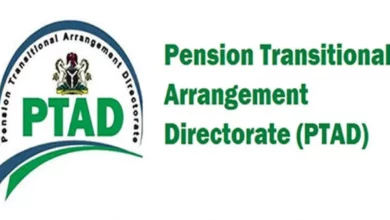Curriculum Vitae (CV) Tips, Format & Examples You Need To Know

Introduction to Curriculum Vitae (CV)
As a professional, it is important to have a well-written Curriculum Vitae (CV) that showcases your skills, qualifications, and experiences. A CV is a document that provides detailed information about your academic and professional history, including your education, work experience, achievements, skills, and references. In this article, I will provide tips and examples to help you create an effective CV.
What is the difference between a CV and a resume?
Many people use the terms CV and resume interchangeably, but they are not the same. A CV is a comprehensive document that provides an in-depth look at your career history, whereas a resume is a brief summary of your skills and experiences. A CV is typically used for academic, research, and scientific positions, while a resume is used for business, marketing, and other professional roles.
Importance of a well-written CV
A well-written CV is essential for job seekers who want to stand out in a competitive job market. It is often the first impression that a potential employer has of you, and it can be the deciding factor in whether or not you are invited for an interview. A well-written CV should be clear, concise, and tailored to the specific job you are applying for.
Curriculum Vitae Format – What to Include
When it comes to formatting your CV, there are a few key things to keep in mind. First, your CV should be no more than two pages long, and it should be organized in a clear and logical manner. Second, it should include the following sections:
- Personal Information: This should include your full name, contact information, and any relevant social media profiles.
- Education: List your academic qualifications, including any degrees, diplomas, or certificates you have earned.
- Work Experience: This should include your employment history, starting with your most recent role and working backwards.
- Skills: List any relevant skills or certifications that you have.
- References: Include the names and contact information of at least two professional references.
Curriculum Vitae Sample – Examples of CVs
There are many different ways to format a CV, and the format you choose will depend on your personal style and the requirements of the job you are applying for. Here is an example of a well-formatted CV:

Curriculum Vitae Example – A Detailed Analysis
Let’s take a closer look at one section of the CV example above – the work experience section. This section should include your employment history, starting with your most recent role and working backwards. For each job, include the following information:
- Job title
- Company name and location
- Employment dates
- Key responsibilities and achievements
Here is an example of a well-written work experience section:
[Insert example of a well-written work experience section here]
Curriculum Vitae Meaning – What does it mean?
The term “curriculum vitae” comes from the Latin phrase “course of life.” It is a comprehensive document that provides an overview of your academic and professional history, as well as your skills, qualifications, and achievements.
Curriculum Vitae Template – Templates for CVs
If you are unsure of how to format your CV, there are many templates available online that can help you get started.

A template can provide you with a basic structure for your CV, which you can then customize to fit your personal style and the requirements of the job you are applying for. You can create yours from a template HERE or HERE.
Frequently Asked Questions about Curriculum Vitae
Your CV should be no more than two pages long.
Your CV should include your personal information, education, work experience, skills, and references.
Your CV should be organized in a clear and logical manner, with each section clearly labeled.
Tips for Writing an Effective Curriculum Vitae
Here are some tips to help you write an effective CV:
- Tailor your CV to the specific job you are applying for.
- Use strong action verbs to describe your achievements and responsibilities.
- Keep your CV clear, concise, and easy to read.
- Use bullet points to highlight your key skills and achievements.
- Proofread your CV carefully to avoid any errors or typos.
Why a Curriculum Vitae is Important for Your Career
In conclusion, a well-written Curriculum Vitae is essential for anyone who wants to advance their career. It is a comprehensive document that provides an overview of your skills, qualifications, and experiences, and it can be the deciding factor in whether or not you are invited for an interview. By following the tips and examples outlined in this article, you can create an effective CV that showcases your strengths and helps you stand out in a competitive job market.












As you plan your camping getaways, it’s
important to know what to expect from each of our 500+ KOA Campground locations.